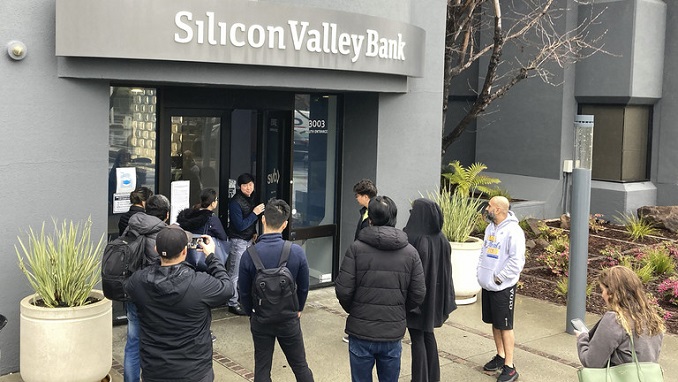
The collapse of Silicon Valley Bank (SVB) on Friday in the largest bank failure in the US since the 2008 financial crisis has shaken the US regulators who are afraid that more insolvencies could follow in light of the fact that several regional lenders have seen stocks plunge.
Following the news of SVB’s collapse, a number of lenders sparked fears about their financial health by focusing on the venture capital, prompting the US regulators to start discussing how to avoid a repeat of SVB insolvency at other lenders by creating some sort of a mechanism which would help in the process.
Citing sources close to the discussions, Bloomberg reported on Saturday that the Federal Reserve and the Federal Deposit Insurance Corporation (FDIC) are deliberating on creating a fund that would allow them to backstop more deposits at banks that run into trouble.
They already discussed the new special vehicle as contingency planning in conversations with banking executives, hoping that setting up such a vehicle would reassure depositors and help contain any panic.
No official comment regarding the regulation has been made and no further details of the discussion have been disclosed as of yet.
After what analysts called “a classic case of a bank run,” SVB imploded on Friday, prompting depositors to rush to withdraw funds, which saw the bank’s shares crash and forced the FDIC to shut SVB down, taking control of the bank’s deposits and transferring its assets to a newly created entity, the Deposit Insurance Bank of Santa Clara.
Insured depositors will be able to withdraw their money on Monday when the bank’s offices are set to reopen, but there is uncertainty over when the bulk of customers could see their money since, according to the FDIC, some 89% of SVB’s $175.4 billion in deposits were not insured.
As a major lender focused on tech and startups, SVB previously ranked in the top 20 US banks.

Be the first to comment